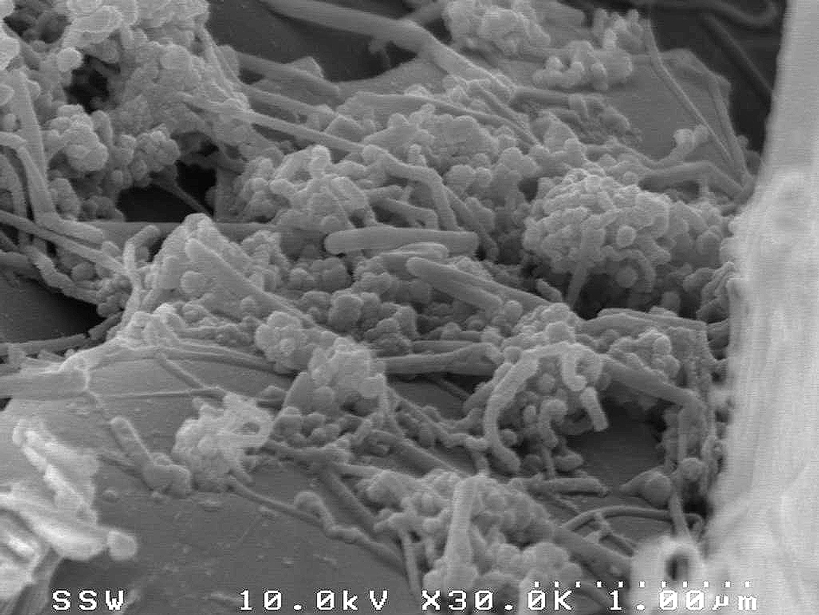Planets that orbit close to their stars might lose their atmospheres along with any chance of life, but new models show a way in which these planets may retain their atmospheres and habitability.
life as we know it
Curiosity Rover Finds Organic Molecules on Martian Surface
Scientists assess the present and past habitability of Mars from organic compounds detected at Gale Crater.
Astrobiology Hearing Ranges Beyond Life as We Know It
Space research has made strides identifying where extraterrestrial life might reside but not what kind of life, if any, it could be, scientists told Congress last week.
Craters Could Make Great Impacts on Mars Exploration
Future robotic missions to Mars hoping to peer beneath its surface in search of signs of life should target recent impact craters, where falling meteorites have done the drilling for them.
NASA Selects Science Instruments for Europa Mission
The instruments chosen for a mission to Jupiter's moon Europa include cameras, spectrometers, magnetometers, and an ice-penetrating radar.
NASA Hopes to Find Strong Indications of Life Beyond Earth Soon
With the search for water and habitable planetary bodies proceeding at an increasing pace, NASA scientists say they are getting closer to finding evidence of extraterrestrial life.
Can Microbes Survive Multiple Trips into the Stratosphere?
Searching for life on Mars starts at home, with a balloon launch.
Developing Deep-Life Continental Drilling Projects
Deep Carbon Observatory Deep-Life Workshop;
Potsdam, Germany, 3–4 November 2014
Traces of Glass-Eating Microbes Found in Ancient Lake Bed
A serendipitous discovery of tiny tunnels in lava that cooled rapidly under fresh water could help scientists search for life on Mars.









